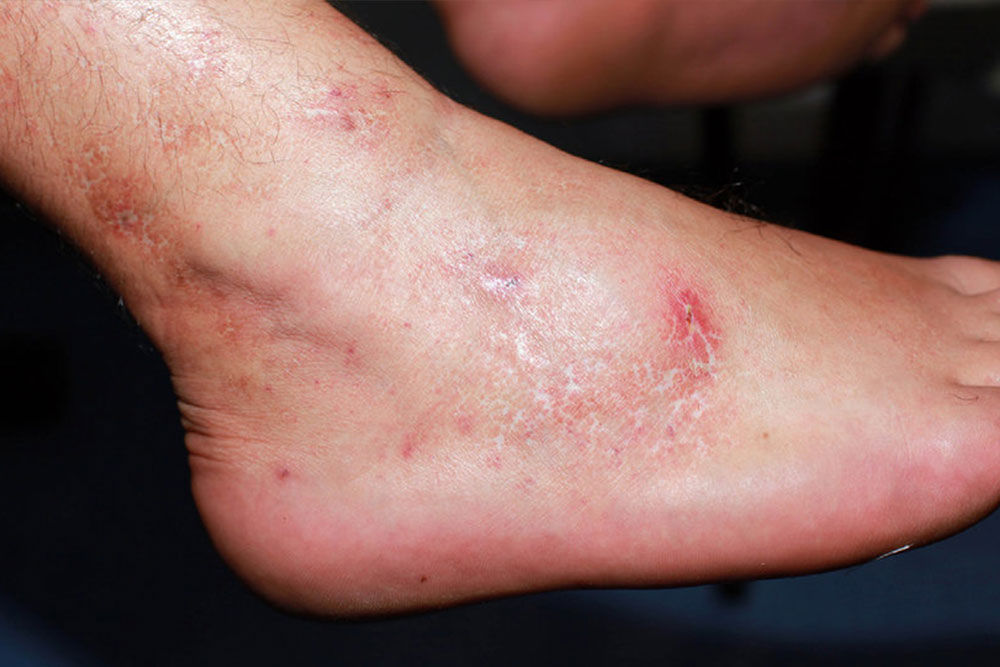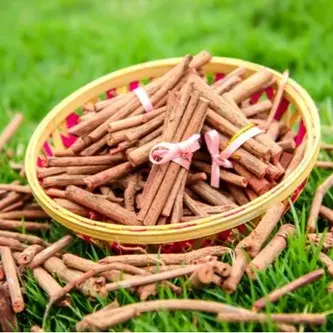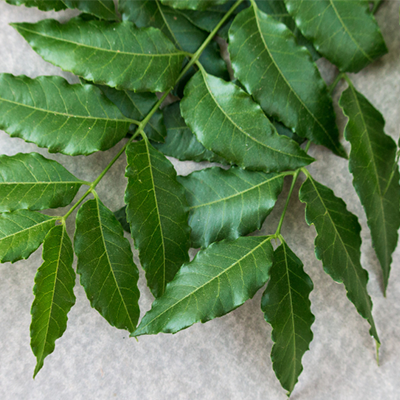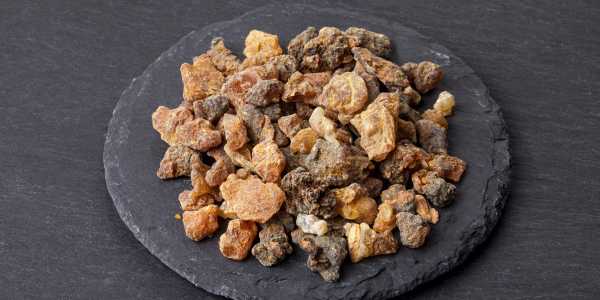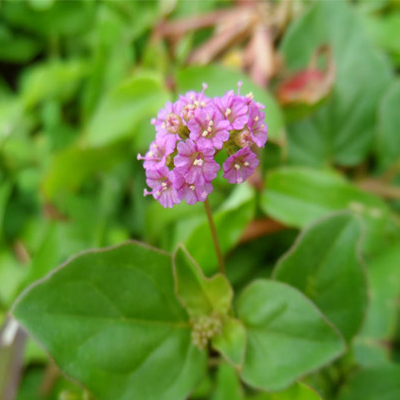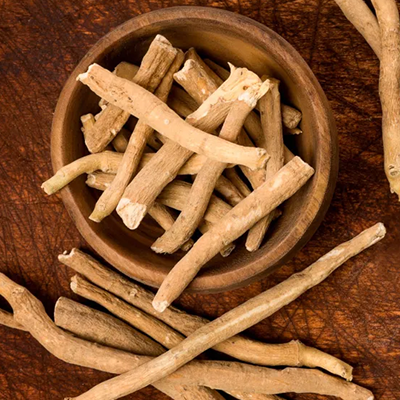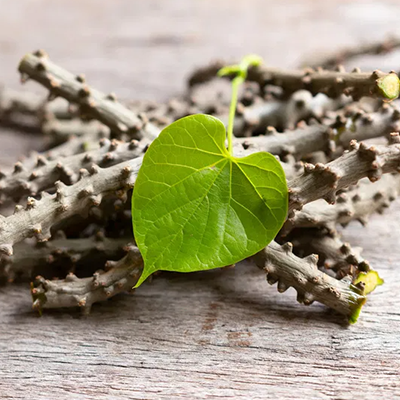Livedoid vasculopathy (LV), also known as livedoid vasculitis or livedo reticularis, is a rare, chronic vascular disorder affecting the small blood vessels (microcirculation) in the skin, primarily in the lower extremities. It is characterized by recurring painful ulcers, mottled discoloration, and scarring.
Causes of Livedoid Vasculopathy
The exact cause of LV remains unclear, but it is considered to be a disorder of the blood vessels and clotting system. The following factors may contribute:
1. Vascular and Blood Disorders:
- Hypercoagulable states (conditions where blood is prone to clot excessively).
- Conditions like antiphospholipid syndrome, protein C/S deficiency, or factor V Leiden mutation.
2. Autoimmune and Inflammatory Conditions:
- Lupus erythematosus, Sjögren’s syndrome, or rheumatoid arthritis.
3. Environmental or External Triggers:
- Trauma to the affected area or prolonged immobility.
4. Idiopathic Causes:
- In some cases, no specific cause is identified.
Pathophysiology
Livedoid vasculopathy is primarily a thrombotic microangiopathy, meaning it involves blood clot formation in small vessels. The process includes:
Endothelial Damage:
Damage to the inner lining of blood vessels triggers clot formation.
Thrombosis:
Abnormal clotting blocks blood flow in small vessels, reducing oxygen supply to tissues.
Ischemia and Necrosis:
Insufficient blood flow leads to tissue damage, ulceration, and scarring.
Inflammation:
Chronic low-grade inflammation perpetuates vessel damage and clot formation.
Symptoms of Livedoid Vasculopathy
1. Skin Changes:
- Livedo Reticularis: A lace-like, mottled purple discoloration on the skin.
- Painful Ulcers: Shallow, recurring ulcers, typically on the ankles or feet.
- White Atrophic Scars: Known as "Atrophie Blanche," seen after ulcers heal.
2. Pain:
- Intense pain in the affected areas, often worsening at night or with standing.
3. Swelling and Edema:
- Localized swelling may occur due to impaired circulation.
4. Slow Healing:
- Ulcers may take weeks or months to heal and are prone to recurrence.
Diagnosis of Livedoid Vasculopathy
Diagnosis requires a combination of clinical observation and specialized tests:
1. Clinical Examination:
Identification of characteristic skin changes (livedo reticularis, ulcers, scars).
2. Skin Biopsy:
Shows fibrin deposition, thrombi (clots) in small vessels, and minimal inflammation.
3. Blood Tests:
To evaluate clotting disorders, autoimmune conditions, or other systemic issues.
4. Imaging:
Doppler ultrasound or capillaroscopy to assess microvascular blood flow.
Ayurvedic Perspective on Livedoid Vasculopathy
In Ayurveda, LV can be correlated with Raktavaha Srotas Dushti (disorders of the blood channels) and Vatarakta (a condition involving Vata Dosha and blood vitiation). The chronic nature and ischemic symptoms align with Vata-Kapha imbalance obstructing the proper flow of blood (Rakta) in the microchannels.
Ayurvedic Line of Treatment
The treatment approach focuses on detoxifying the body, improving circulation, and restoring blood channel function.
Detoxification (Shodhana)
Clears Pitta-related toxins and purifies the blood.
Internal Medications (Shamana)
Herbs to Purify Blood:
Manjishtha (Rubia cordifolia):
A powerful blood purifier and anti-inflammatory herb.
Neem (Azadirachta indica):
Cleanses the blood and reduces skin-related symptoms.
Circulation Enhancers:
Guggulu (Commiphora mukul):
Improves circulation and reduces clot formation.
Punarnava (Boerhavia diffusa):
Helps manage swelling and promotes microcirculation.
Pain Relievers and Anti-inflammatory Herbs:
Ashwagandha (Withania somnifera):
Reduces pain and improves tissue healing.
Guduchi (Tinospora cordifolia):
Strengthens immunity and balances Doshas.
Dietary Modifications:
- Eat Pitta- and Kapha-pacifying foods like cooling vegetables, whole grains, and herbal teas.
- Avoid spicy, oily, and processed foods that aggravate Doshas.
Lifestyle Changes:
- Avoid prolonged standing or sitting to prevent blood pooling.
- Practice yoga and pranayama to improve circulation and manage stress.
- Use warm clothing and avoid exposure to cold environments that aggravate Vata.
- Prognosis: While complete reversal of LV may not always be possible, Ayurvedic treatments can significantly reduce symptoms, prevent ulcer recurrence, and improve quality of life.
- Prevention: Regular detoxification, balanced digestion, and maintaining Dosha equilibrium are key preventive measures.


